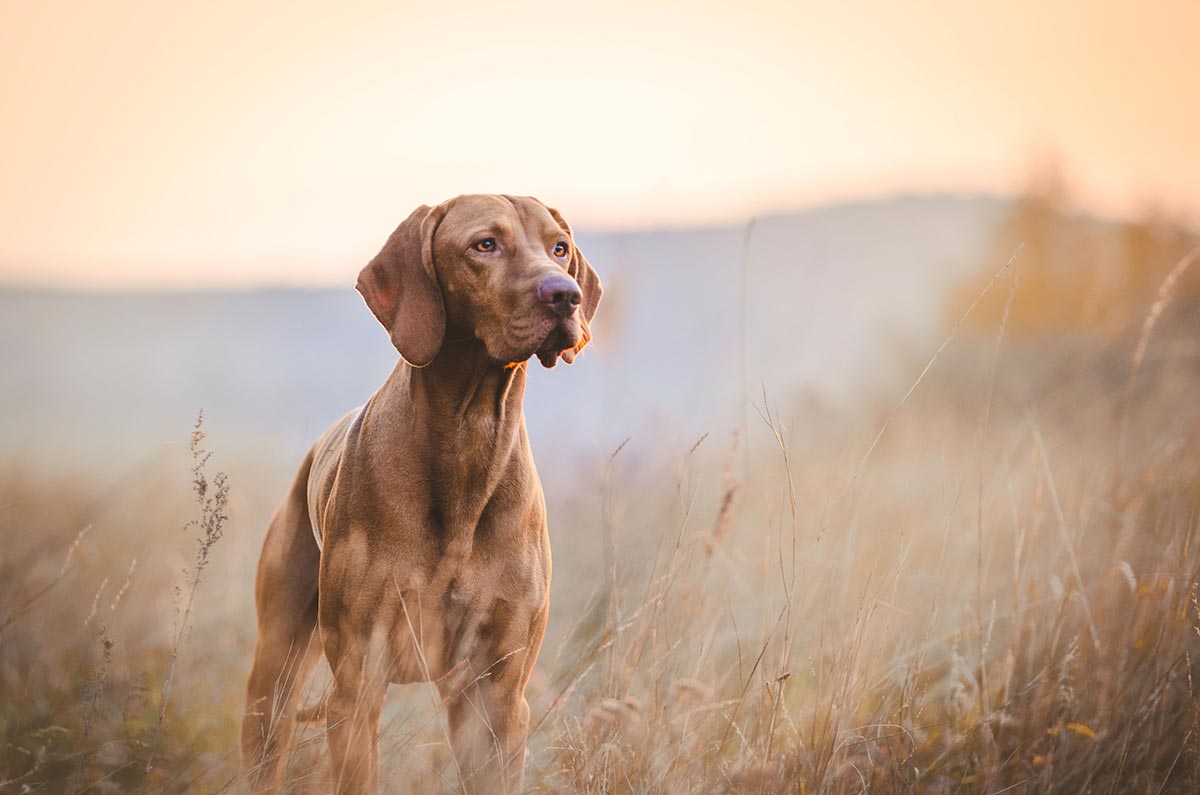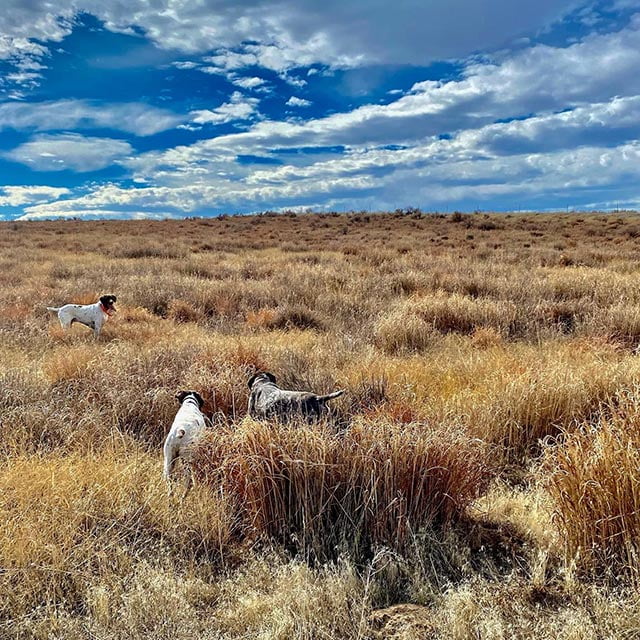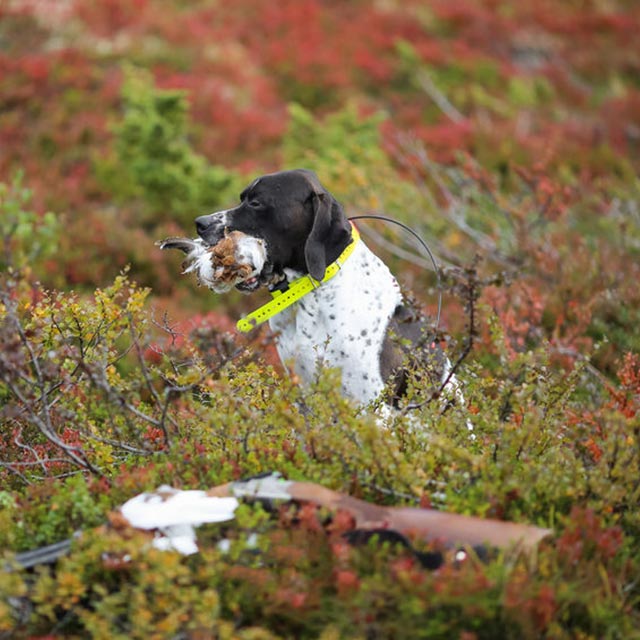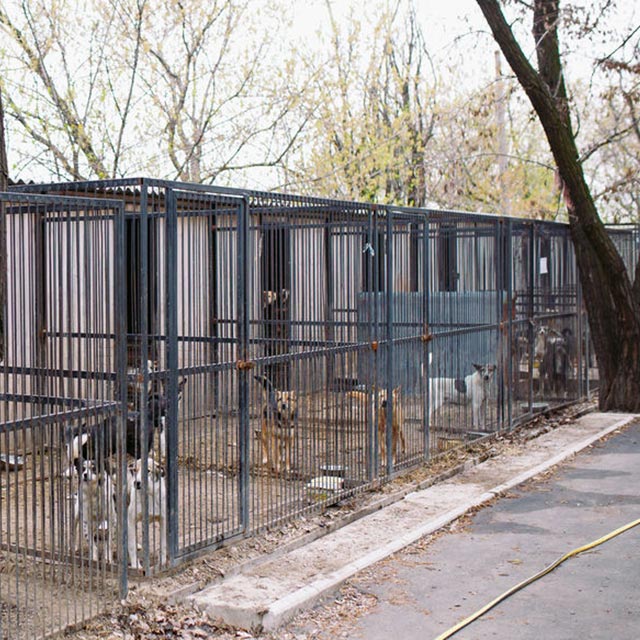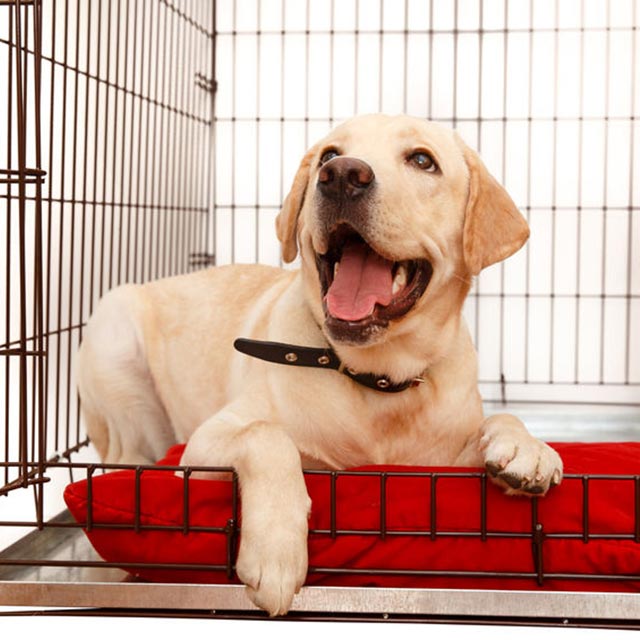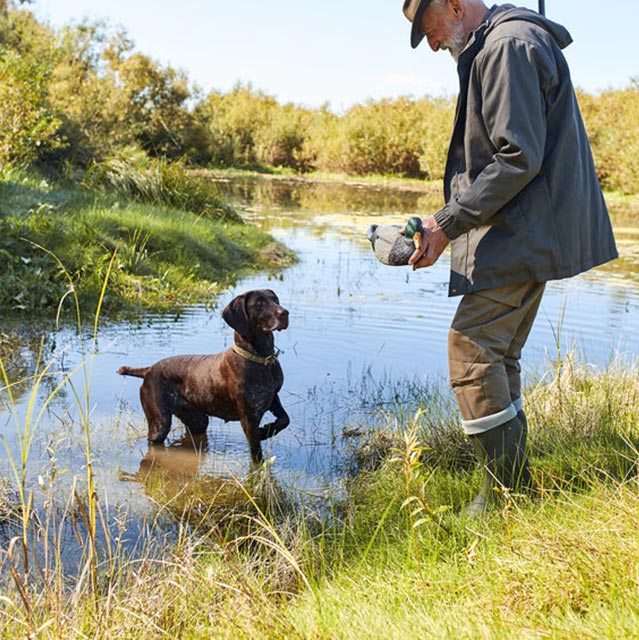7 Tips for Training Hunting Dogs
They say a dog is a man’s best friend, and that’s especially true for hunters. Having a faithful canine at your side is an absolute must when it comes to certain types of hunting, and we know we wouldn’t be caught dead out in the field without our favorite hunting buddies. There’s no beating the nose of a well-trained dog when it comes to tracking prey, and when trying to find a grouse or pheasant hidden in dense brush, a dog is the best tool for the job. Tracking, retrieving, and running game are all the responsibility of your trusty hound, and that’s why it’s crucial to make sure that they are up to the task. Training hunting dogs is something that every hunter should be familiar with, and that’s why we’ve compiled this list of helpful tips to give you and your furry friends the edge on your next hunt.
Tip #1: Build a Strong Bond with Your Pup
Forming a strong bond with your pup starts the moment you first meet and is crucial to training a strong hunting dog. Dogs love to please their owners. In fact, this drive is often much stronger than other forms of reward or punishment. You also need to make sure that your dog gets along well with others. Initial socialization is usually the easiest step in the training regiment because, well, it’s fun to play with puppies! Buying your new friend some toys is a great way to show them that some things are theirs, while other are not. Using an old t-shirt to play tug-of-war is asking for trouble down the line. It is also important to have your dog interact with other people, pets, and especially dogs to make sure that they get along well with others once you’re out in the field together. In the end, forming a good relationship with the dog is an absolute must when it comes to training up a quality-hunting companion.
Tip #2: Keep Commands Basic
Many dog owners make the mistake of starting with too many commands when the pup is still young. You don’t want to begin with numerous commands, as it will only serve to confuse the dog. Try incorporating commands slowly at first, and start with the basics; sit, stay, and heel. Getting your dog ready for the field starts with getting them housebroken, so hold off on the more advanced commands until you are confident that they’ve mastered the basics. Once your dog starts to get the hang of things it is also wise to keep things simple. Try not over doing the complexity of your trigger phrases; just keep them short, sweet, and to the point.
Tip #3: Introduce the First Bird
When first introducing your dog to the prey you’ll be hunting it is best to start with a cold, dead version of the game animal. Begin this exercise in a secluded space away from any distractions and try letting the dog sniff and carry the prey, but do not allow them to bite or shake it. If this happens, calmly stop and reprimand them. Allowing bad behavior to continue will be hard to curb down the line and will result in roughly handled game. As you continue training you will need to invest is an assortment of whistles, dummies, check cords, training wings, and other hunting dog supplies.
Tip #4: Home Life vs. Kennel Life
To put is simply, home life is very different from kennel life, and it can be quite an adjustment going from sleeping on the couch to being kept in a dog run. While not all hunting dogs will be kept with 20-30 other dogs, all of them need to be fully crate trained and acclimated to the difference between home and the kennel. Dogs in the field have much more expected of them than those at home, and getting your dog used to those differences is crucial if you have any hope of keeping them in a kennel with other dogs. An easy and successful transition from home life to kennel life will help create great gun dogs. If you have access to a nearby pro training facility it can be extremely helpful to leave your dog there from time to time, not only to reinforce and strengthen their training, but also to get them used to kennel life and everything that goes along with it.
Tip #5: Invest In a Quality Crate
It is well worth it to invest high-quality carrying crate for your dog. This crucial asset should be introduced to the dog on it’s first day with you, and you want to make sure that you get one that will keep them comfortable and last for years to come. If you only use the crate to take the dog to the vet they will learn to hate it, so make sure to put it to use on short trips to the park or other places where your pup can have fun. It is extremely important to select a crate appropriate for your dog’s size, and investing in some good beds and crate jackets will ensure that the dog is comfortable and learns to love their new home.
Tip #6: Set Achievable Goals
Jeremy Criscoe is a pro trainer from Florida’s Blue Cypress Kennel, and is a fourth-generation dog trainer. To train world-class hunting dogs and meet his client’s expectations he relies on a series of benchmarks that begin when owners first pick up their pup. “I work with them to set goals, expectations and then formulate a training platform so they can reach those marks,” he says. “If I know that the dog will be used as a gun dog, a house dog, or a field trial dog, I customize a module to train a dog to their liking. I’ll review my expectations of the owners in weekly and monthly increments that run from the time they pick up their pup until the day they drop him off for training. For retrievers between 8 and 14 weeks, I like clients to focus on crate training, housebreaking, sitting, walking on a lead, and fetching. For pointing dogs, I want them to focus on recall, heeling, housebreaking and crate training. I need to know if they want a dog steady to wing, shot or broke all the way through. During that time, I like clients to come by the kennel so we can introduce their dog to kennel life. That regular exposure keeps the dog from going into shock from the dramatic change from a house dog to a working dog. We get aligned as a team and everyone, and especially the dogs, are on the same page.” Take his advice and try to set realistic, achievable goals for you and your dogs.
Tip #7: Don’t Be Afraid To Make Mistakes
The biggest mistake you can make is doing nothing with your new pup. As we already stated, proper socialization is absolutely crucial in a hunting dog, but making sure that they are exposed to and comfortable with everything they’ll encounter while at home, in the kennel, or on a hunt is also equally important. Try to get them used to anything and everything that they might encounter. We’re talking people, other dogs, birds, kennels, boats, blinds, etc. Familiarly with yard work is also a definite must. They need to be able to sit, fetch, retrieve, and walk quietly on a lead. The goal for any hunter training a working dog is to make sure that they are properly socialized, their instincts are sharp, and that in the end they are ready for whatever the hunt may throw their way.
Location
Located on the high plains just an hour northeast of Denver!Our Location
8604 CR 6, Wiggins, CO 80654
Call Us Today!
Contact us today to schedule your next event!Call to Schedule
Call (970) 483-8368 Today!
Send Us An Email
Feel free to inquire about your next event online!Event Center
heath@longmeadoweventcenter.com


